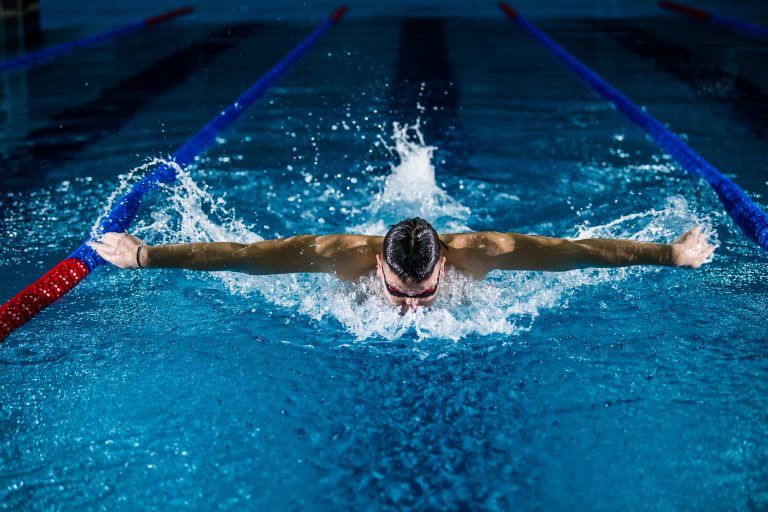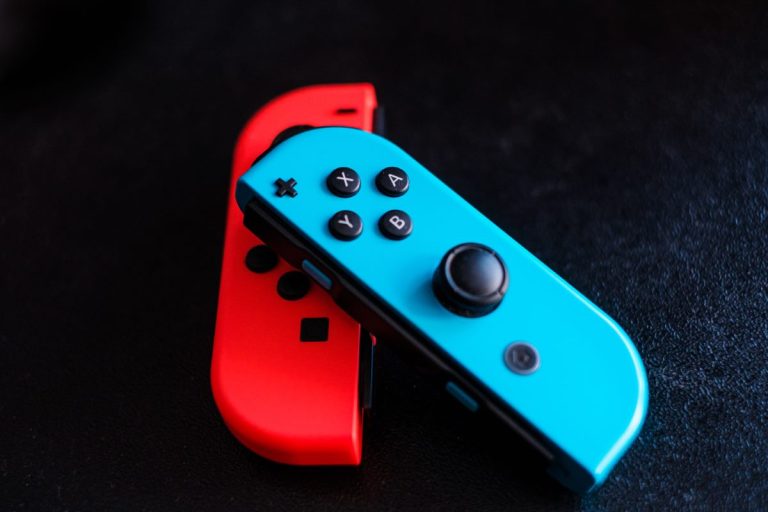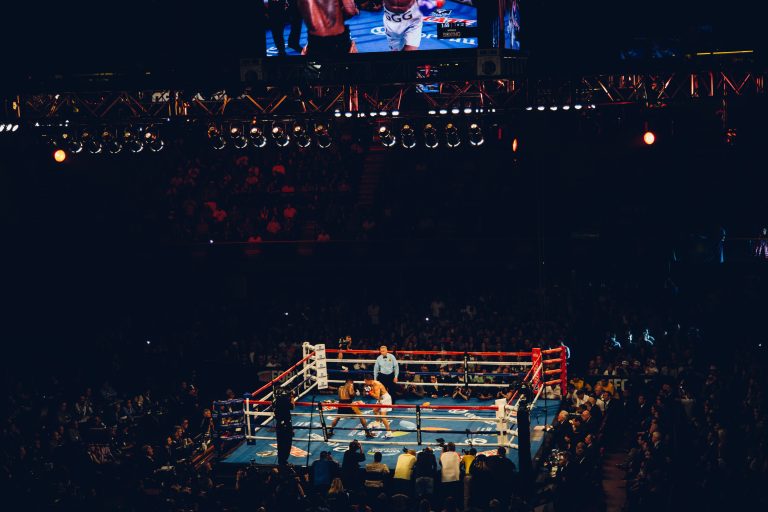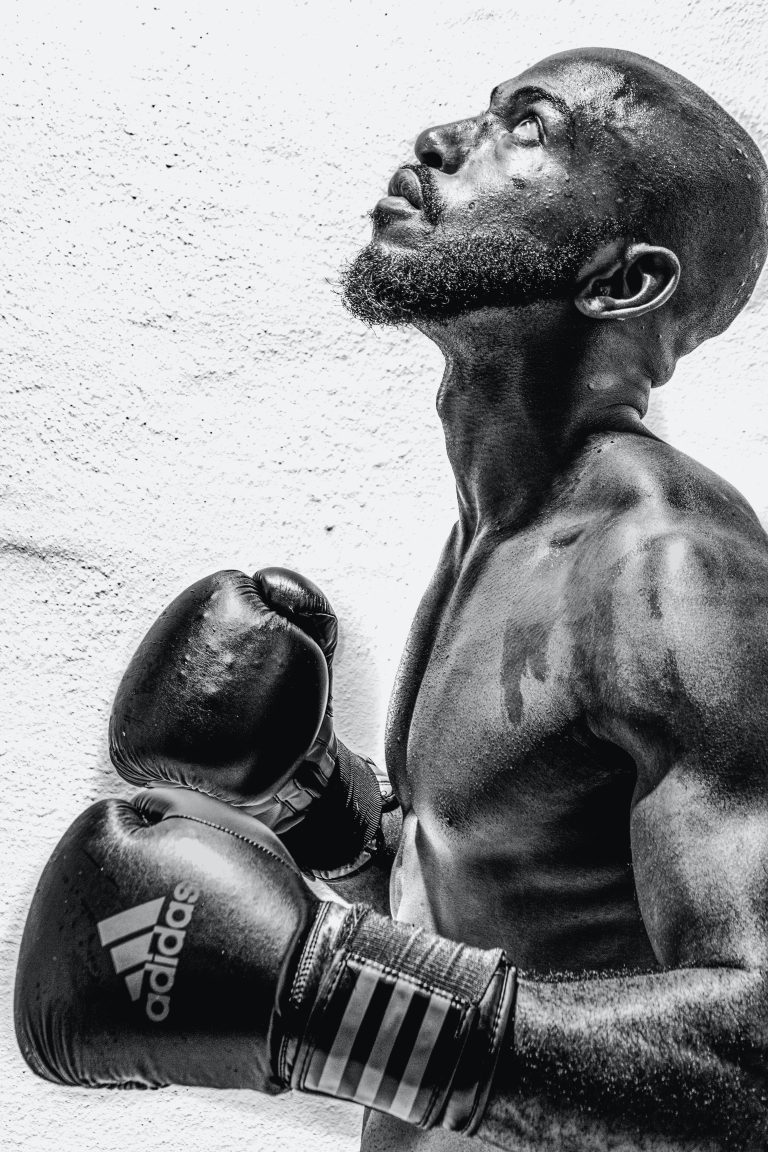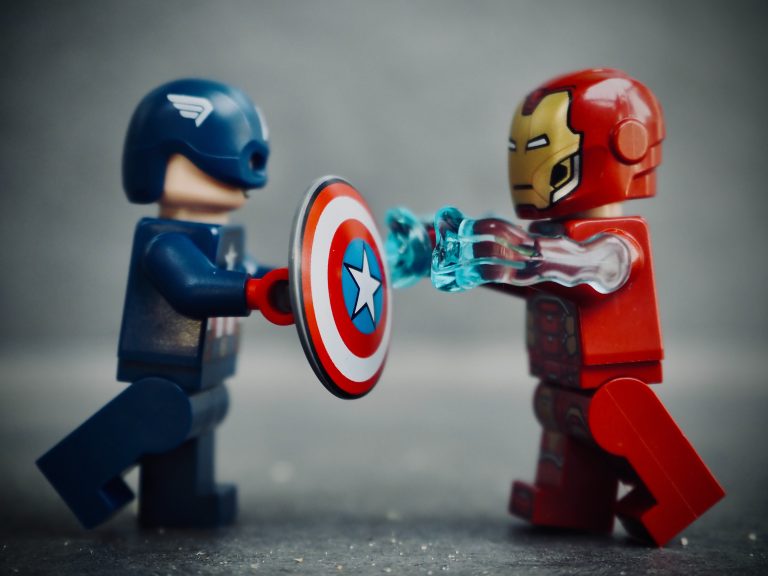Karate: What is the Proper Etiquette When Participating in a Karate Class?
Karate is a martial art form that arose in Japan. It has since gone on to become one of the most popular martial arts in the world. Along with its popularity, karate has developed a particular etiquette that students of the art should follow during class. For those who are learning karate, understanding this etiquette is vital to the development of the martial art.
Why Classroom Etiquette is Important in Karate
Karate training is about far more than learning techniques or improving physical prowess. The main objective of karate is to teach respect and discipline; therefore, it is expected that students hold themselves to a certain set of standards. Good behavior reflects well on both the student and the school, so being aware of proper etiquette is important to both protect the reputation of the school and further one’s own martial arts development.
The purpose of karate etiquette is mainly to promote respect, both for oneself and for those around them. Respect is a central value to karate, and etiquette serves to instill this value in the students. The physical skills of the martial art can only be achieved once students have the values instilled in them. Furthermore, by adhering to proper etiquette, students are more able to concentrate on the materials being taught, leading to more effective learning.
Elements of Karate Etiquette
To understand proper karate etiquette, it is important to look at some of the elements that make up its code of conduct.
Respect for Instructors
At the core of karate etiquette is respect for instructors. Before each class, students should bow upon entering and exiting the dojo (training area). This bow is a form of expressing respect for those who teach and practice within its walls. While bowing is considered very important in karate, it is not only done at the start and end of classes. Whenever a student approaches or departs from a teacher, a bow should be made.
At the same time, it is crucial that students remain active participants in class. This means listening intently and responding respectfully to cues from instructors throughout the class. Doing so not only ensures that good instruction is being given, but also shows respect for those who are teaching.
Respect for Colleagues
It is also important to show respect towards one’s peers in karate class. Every student entering a dojo should do so with the intention of promoting peace, harmony, and camaraderie with their colleagues. Students should show courtesy and patience to one another; this applies even more when teaching or when facing off in sparring matches.
In addition, students should not leave class until dismissed by their instructor, nor should they start conversations or disrupt those already in progress. It is also important to keep in mind that the focus should be on learning, not socializing; so keep conversations short and to a minimum during class.
Respect for Karate
Finally, it is essential that students have respect for karate itself. Students are expected to arrive to classes on time, dressed and equipped appropriately to train effectively. Most dojos require that students wear a gi (error: Traditional gi = “着地” (keikogi)), and there may be other specific regulations depending on the school. In addition, footwear should always be removed before entering a dojo, as shoes are seen as a sign of disrespect to the training area.
It is also important that all students remain aware of their actions during class. Techniques should always be practiced as taught and with awareness and control; sudden, reckless movements can lead to injury and lack of respect for one’s peer’s safety. Furthermore, students are expected to follow their instructor’s instructions diligently and give their full attention during the whole class.
Conclusion
Given the teachings of karate, proper etiquette in the dojo is essential for anyone who wishes to follow its teachings and principles. Being conscious of the codes of etiquette can help all students stay focused on learning and developing their martial arts skills while also respecting their peers, instructors, and the martial art itself. With good behavior comes mutual respect and understanding, which can promote both physical and spiritual growth in all students of karate.
This post has been written by [the author], an independent writer based on research from various sources, including: Budo School of Martial Arts, BlackBelt Magazine, and Weiku Karate Dojo.
Proper Etiquette When Participating in a Karate Class: Frequently Asked Questions
Karate is a popular martial art that originated in Japan. It is practiced both for self-defense and as a sport. When participating in a karate class, it’s important to observe proper etiquette to show respect for your instructor, your training partners, and your art. In this post, we’ll address the most frequently asked questions about the proper etiquette when participating in a karate class.
1. What should I wear to a karate class?
Karate practitioners wear a uniform called a „gi“ or „do-gi“ in Japanese. Your instructor will likely provide guidelines on what type of uniform to wear, but generally, it should be a white or black outfit that includes a jacket, pants, and a belt.
2. How do I tie my belt?
The belt signifies your rank in the karate system, and tying it correctly is an essential part of proper etiquette. To tie your belt, follow these steps:
- Hold the belt in front of you with the label facing up and the middle of the belt at your belly button level.
- Wrap the belt around your waist twice, making sure the two ends are even.
- Take the right end of the belt and place it over the left end.
- Bring the right end under the left end and pull both ends tight.
- Take the right end and pull it up and over the left end.
- Finally, tuck the right end behind both layers of the belt, leaving the left end on top.
3. Can I wear jewelry during a karate class?
It’s generally recommended that you remove all jewelry before participating in a karate class. This includes earrings, necklaces, rings, and bracelets. Not only can they interfere with your movements during training, but they can also be a safety hazard to yourself and others.
4. How do I address my instructor?
In karate, it’s important to show respect for your instructor by addressing them properly. Typically, you would refer to your instructor as „Sensei“ followed by their last name. If your instructor has a higher rank, you may also address them as „Shihan“ or „Master.“
5. What should I do if I arrive late to class?
If you arrive late to class, quietly enter the training area and bow to the instructor before taking your place with the other students. Try not to disrupt the class or draw attention to yourself.
6. How should I behave towards my training partners?
It’s important to show respect to your training partners by listening to them, treating them with courtesy, and avoiding behavior that is aggressive or disrespectful. When practicing techniques, apply control and avoid using excessive force that could cause injury.
7. What should I do if I need to leave the training area during class?
If you need to leave the training area during class for any reason, bow to the instructor and ask for permission before leaving. When you return, bow again and wait for the instructor’s signal to resume training.
8. Can I use my phone during class?
Using your phone during a karate class is generally discouraged. Not only is it disrespectful to your instructor and your training partners, but it can also be a safety hazard if you’re not paying attention to the techniques being demonstrated.
Conclusion
In conclusion, practicing proper etiquette is an essential part of participating in a karate class. From wearing the correct uniform and tying your belt correctly, to showing respect for your instructor and training partners, observing proper etiquette is a way to show your dedication to the art of karate. By following the guidelines outlined in this post, you can enhance your training experience and become a more proficient karate practitioner.
Inhaltsverzeichnis

